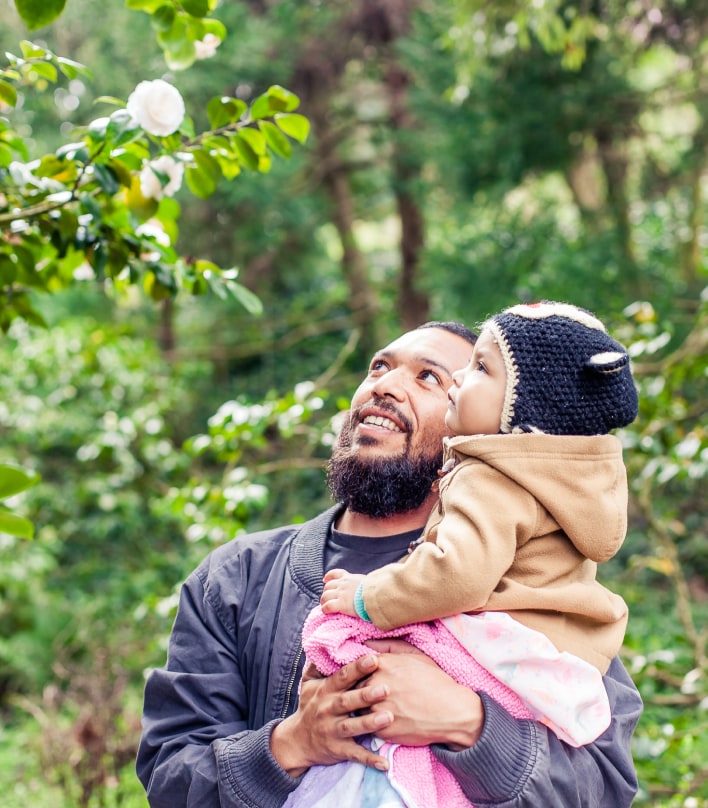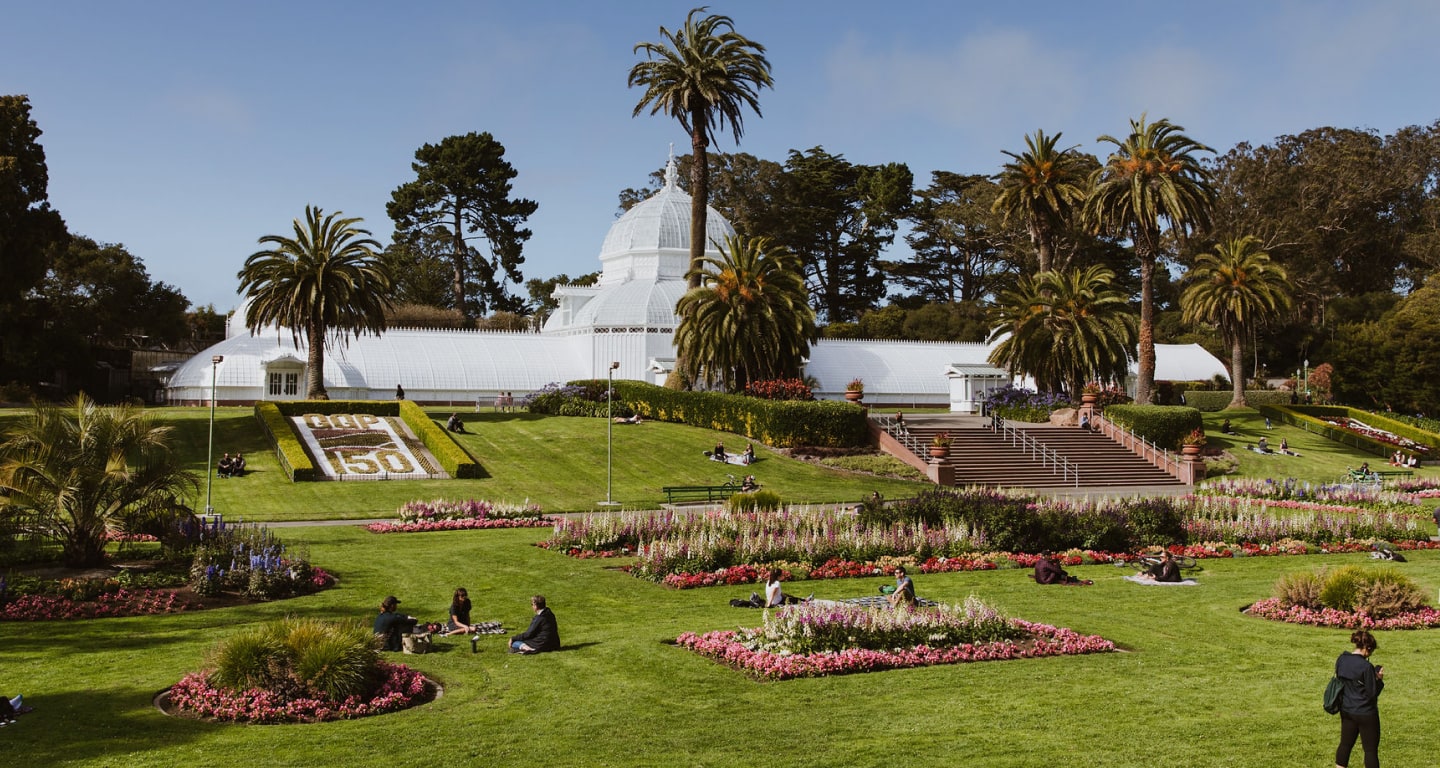Our Mission
The Gardens of Golden Gate Park connect people to plants, the planet, and each other.
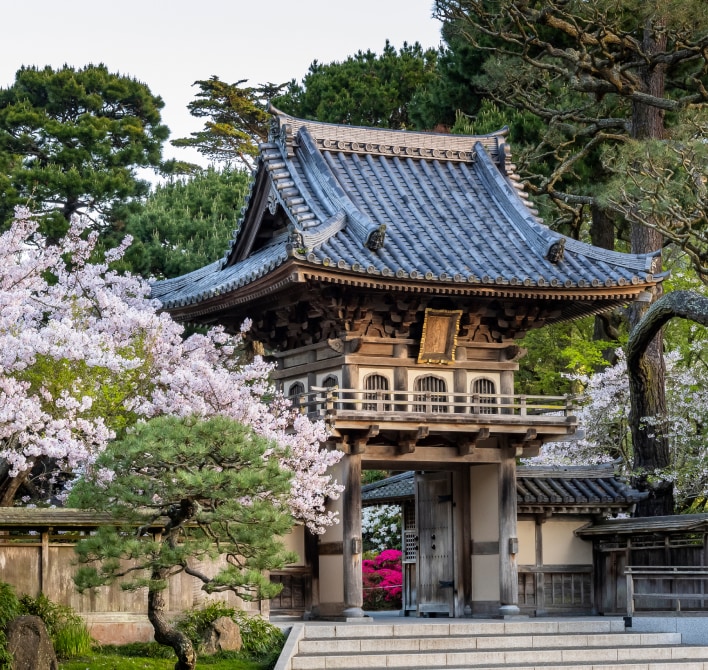

Our Vision
All people have access to beautiful public gardens and experience the intrinsic value of plants to life and culture for a healthy community and planet.
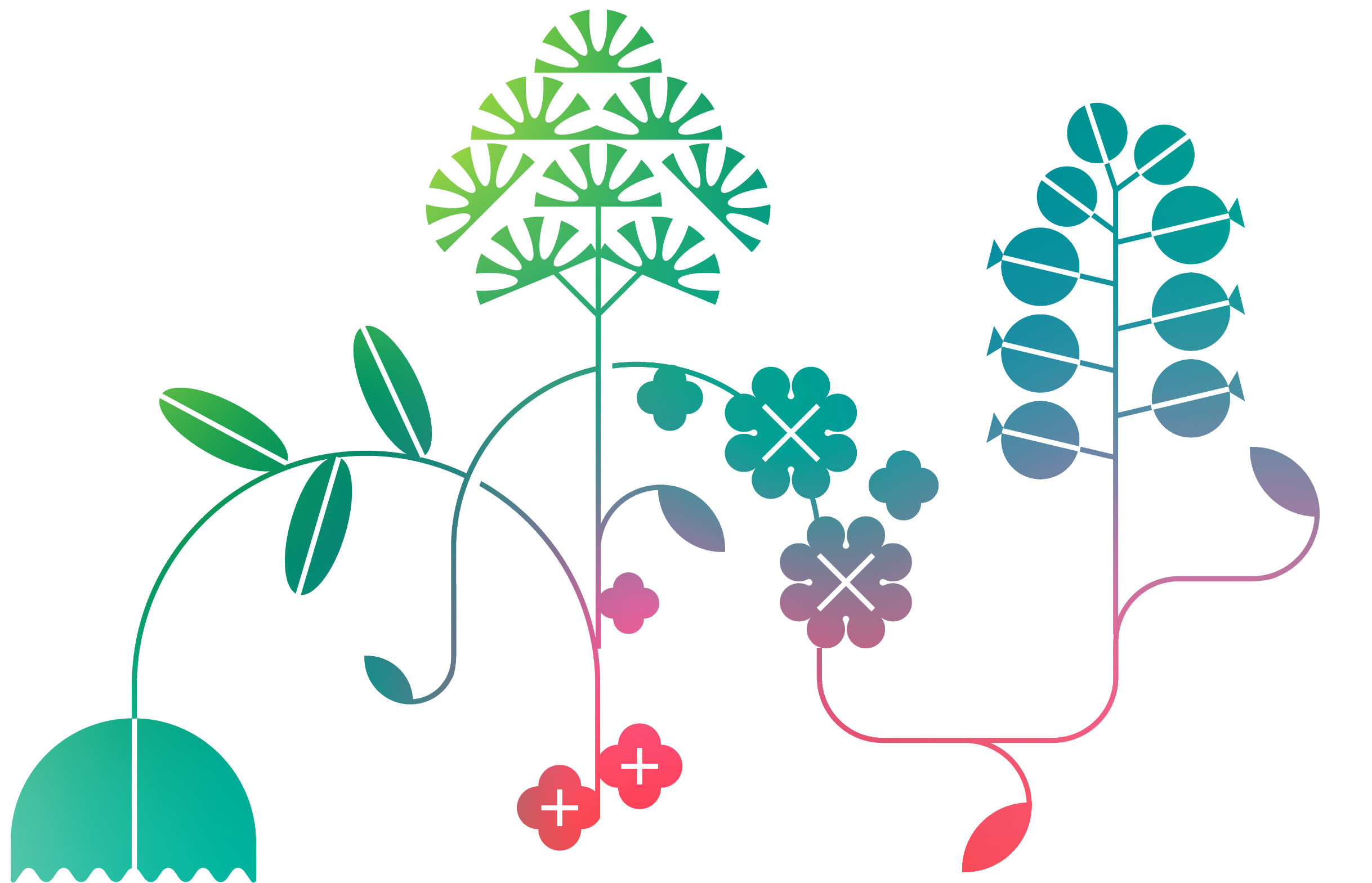
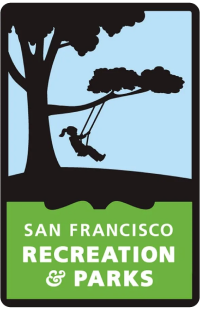
Gardens of Golden Gate Park is a public/private partnership between the San Francisco Recreation & Park Department and the San Francisco Botanical Garden Society (a nonprofit 501c3 organization doing business as the “Gardens of Golden Gate Park”) to jointly operate the Conservatory of Flowers, Japanese Tea Garden, and San Francisco Botanical Garden.
Land acknowledgement
We acknowledge that the Gardens of Golden Gate Park sit on the unceded ancestral homeland of the Ramaytush Ohlone who are the original peoples of the San Francisco Peninsula. We recognize that we benefit from living and working on their traditional homeland, and we affirm their sovereign rights as first peoples. Dedicated to connecting people to plants, the planet, and each other, the Gardens uphold the significance of this cherished and revered place that celebrates Earth’s biological diversity in supporting the health and wellbeing of all people and the planet.
Historical milestones
Prior to the arrival of the Spanish in 1769, the Ramaytush Ohlone, a part of a larger group of the Ohlone/Costanoan peoples, lived in the area of the San Francisco Bay south to Monterey.
Golden Gate Park is created on 1,013 acres of windswept sand dunes and a site is included for a conservatory by surveyor, designer, and first Superintendent William Hammond Hall.
The Park Commission formally accepts the donation of the James Lick conservatories and hires Lord and Burnham to build the Conservatory.
The Conservatory opens as Golden Gate Park’s first formal structure.
A fire destroys the Conservatory’s central dome and many exotic plants. Charles Crocker donates $10,000 since no public funds are available. The dome is raised by six feet.
John McLaren is hired as head gardener — and later superintendent — of Golden Gate Park which becomes his lifelong work and legacy.
“The Japanese Village and Tea Garden” is created by George Turner Mash as a feature of the California Midwinter International Exposition. Doors open on December 27, 1893 and the Midwinter Fair holds its grand opening on January 27, 1894.
The Board of Park Commissioners pay $4,500 for Marsh’s “The Japanese Village and Tea Garden” concession. The garden closes for a remodel for several months.
Marsh hires Makoto Hagiwara, a successful businessman who oversaw the production of silk in Japan and a restaurant and gardening business in the U.S., as caretaker of the garden. Hagiwara is then hired by the San Francisco Board of Park Commissioners to run the garden.
Hagiwara expands the garden south with two new ponds and new pathways. The garden reopens in the Spring of 1895 as the “Japanese Tea Garden”.
Changes to the city charter including a provision that excludes non-citizens from employment with the city of San Francisco are introduced by Mayor James Phelan. As a result, Walter Martin of the Board of Park Commissioners is appointed to take charge of the affairs of the Japanese Tea Garden in place of Makoto Hagiwara.
Hagiwara opens a new Japanese Village at the old Olympic Athletic Club grounds just outside of Golden Gate Park on H street (now Lincoln) between 7th and 8th avenues.
In the aftermath of the San Francisco earthquake, the Conservatory grounds become Refugee Camp No. 7, housing homeless with more than one thousand temporary tents.
Park commissioners authorize superintendent John McLaren to rent out the Japanese Tea Garden privilege. He rents to Makoto Hagiwara for $50 a month. Makoto continues to operate the Japanese Village on H street as well. He manages both spaces until late 1909.
Hagiwara builds a family home in the Japanese Tea Garden. It has 10-17 rooms including a banquet room that could seat 200 guests.
Shinto Shrine and Torii Gate are added to the top of the hill at the Japanese Tea Garden.
A second fire damages the Conservatory, resulting in the partial collapse of the glass roof and damage to the Potting Room.
San Francisco Botanical Garden at Strybing Arboretum breaks ground thanks to a bequest from Helene Strybing, to establish an arboretum and botanical garden in Golden Gate Park.
Eric Walther is appointed by John McLaren to be the Botanical Garden’s first director and remains in the position for 20 years. Construction and planting is supported with the help of the Works Progress Administration (WPA), a federal program designed to provide jobs for unemployed workers during the Great Depression.
The Botanical Garden officially opens to the public as “Strybing Arboretum”, an arboretum and botanical garden featuring plants from around the world and the first cup and saucer magnolia tree (Magnolia campbellii) of its kind in the U.S.
The Board of Park Commissioners take over management of the Japanese Tea Garden as the Hagiwara family is forced, along with approximately 120,000 Japanese Americans, into incarceration camps.
The Board of Park Commissioners order that the word ‘Japanese’ be removed from all signs. The garden will be known simply as the “Tea Garden”. They hire Cleveland Wrecking Company to demolish the Hagiwara family home and remove the Shinto shrine, aviary, and second tea house.
The Sunken Garden is designed in the place of the former Hagiwara family home by Central California Construction Company.
The bronze Buddha statue is donated by Richard Gump and installed.
The name “Japanese Tea Garden” is legally restored on April 7, 1953 thanks to efforts by local residents and the Japanese Consul General, Haruo Ishimaru of the Japanese Citizen’s League.
A Lantern of Peace is dedicated by the Japanese Consul General Yasusuke Katsuno as a gift from the school children of Japan as a symbol of lasting peace.
Friends and associates of Eric Walther help establish the Strybing Arboretum Society to support the development of the Botanical Garden and to provide educational programs.
Wind gusts of over 100 miles per hour shatter 40 percent of the Conservatory’s glass and destroy a portion of rare plants on December 12. With millions needed for repairs, the building is closed, with many fearing it would never open again.
Landscape architect Robert Tetlow prepares a master plan for the Botanical Garden, including features such as the Great Meadow, the Fountain, and the basic layout of the present gardens.
New waterfall hill installation is dedicated with a Shinto ceremony.
The Helen Crocker Russell Library opens, becoming Northern California’s largest horticultural library.
The Conservatory of Flowers listed on the National Register of Historic Places.
A plaque dedicated to the Hagiwara family designed by Ruth Asawa is unveiled in the garden.
Garden director Walden Valen revises the plant collections plan to take better advantage of the mild coastal climate, expanding the collections from Mediterranean and other mild temperate climate regions throughout the 1980’s and 1990’s.
A new Main Entrance Gate and Temple Gate are installed and the South Gate is renovated. This is a joint effort between San Francisco and sister city Osaka beginning with a 1981 meeting between mayors Diane Feinstein and Yasushi Oshima. The gates are designed by Kawata and constructed by general contractors Ohbayashi-Gumi, LTD.
The street in front of the Japanese Tea Garden is renamed to ‘Hagiwara Tea Garden Drive’.
The Long Bridge is replaced with a design by garden supervisor, Edward Schuster.
The Japanese Tea Garden celebrates its 100th Anniversary. The Hagiwara family funds a redesign of the Tea House waterfall by Nobuyuki Yoshimura of Katsura Gardens.
After suffering major damage from storms, the Conservatory is placed on the World Monuments Fund’s list of 100 Most Endangered Sites. Local fundraising efforts are underway.
First Lady Hillary Clinton visits the Conservatory to induct it into the Save America’s Treasures program. Publicity from these efforts eventually leads to raising the $25 million dollars needed for rehabilitation.
New renovations of seven gardens led by director Scot Medbury includes the Southeast Asian Cloud Forest, the first of its kind anywhere.
Restoration of the Conservatory begins and exhibits are refreshed.
A plaque for carpenter Shinshichi Nakatani, a major contributor to the original 1894 Shuro-No-Mon entrance gate and Drum Bridge is dedicated on September 26, 2000.
The restored Conservatory is once again opened to the public on September 20, 2003.
“Strybing Arboretum” changes its name to “San Francisco Botanical Garden at Strybing Arboretum”, and the Arboretum Society follows suit, becoming San Francisco Botanical Garden Society at Strybing Arboretum.
The Tea House and Gift Shop are remodeled and renamed “Jack Hirose” tea house. A new wooden bridge to the Tea House replaces the old asphalt and concrete bridge from 1960.
The Botanical Garden celebrates its 75th Anniversary with a fantastic community day celebration and the inaugural year of Flower Piano. View the 75th Anniversary online photo exhibit.
San Francisco becomes the first city in the nation where all residents have access to a park within a 10-minute walk.
On Christmas Day Free Day, the Botanical Garden experiences a record-breaking 10,689 visits in a single day.
Two gingko trees that are descendants of trees that survived the nuclear blast in Hiroshima are brought over from Japan by Green Legacy Hiroshima and planted in the garden on September 20, 2019. View more.
Restoration of the 107-year-old pagoda is completed.
Gardens of Golden Gate Park is established.
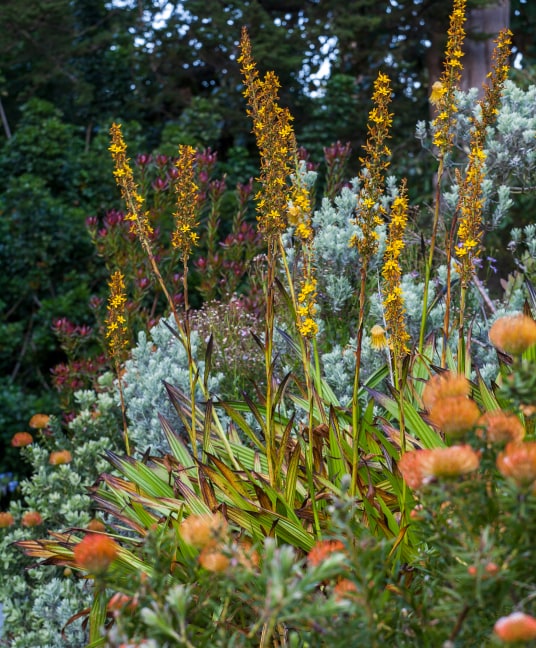
Conservation
Our ability to grow some of the most biodiverse botanical collections in the world is helping us advance global plant conservation efforts. Through our own efforts and in partnership with leading conservation and research organizations, we are committed to addressing and educating people about climate change and environmental sustainability.
Justice, Equality, Diversity & Inclusion
The Gardens of Golden Gate Park is committed to transparency, cultural diversity, inclusion, and environmentally responsible practices. We are proud to be a public public garden, accessible and welcoming to all and focused on the shared experiences of gathering, learning, celebrating and stewarding these treasured spaces.
